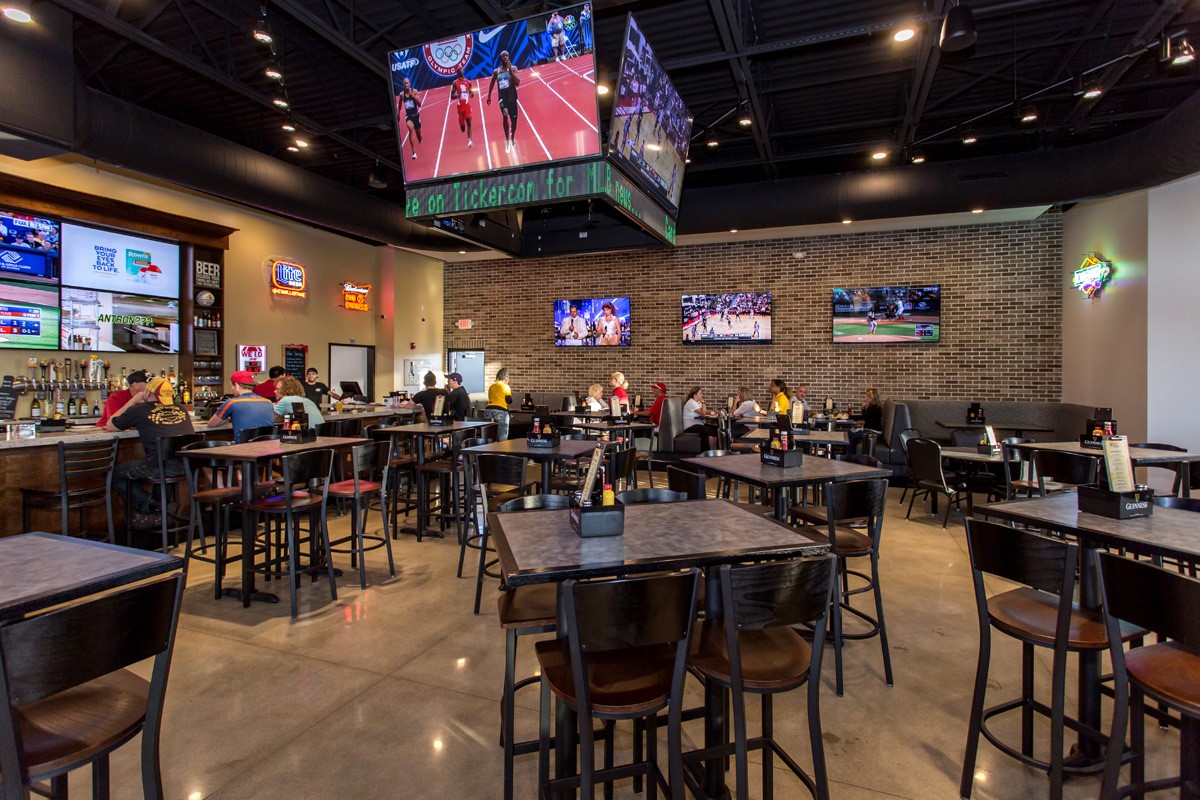Harmonizing Legacy Platforms utilizing Cutting-Edge Sound Networking Solutions for Enhanced Efficiency and Adaptability.
Harmonizing Legacy Platforms utilizing Cutting-Edge Sound Networking Solutions for Enhanced Efficiency and Adaptability.
Blog Article
In today's rapidly evolving landscape of sound technologies, the need to enhance efficiency and flexibility in audio solutions is more crucial than ever before. Many organizations and locations still rely on legacy technologies, which are older technologies that may fail to have the features of contemporary devices. However, harmonizing these legacy technologies with cutting-edge audio communication solutions can lead to substantial improvements. Audio communication allows for improved communication between equipment, allowing it easier to manage and manage audio throughout different spaces.
One of the primary advantages of integrating outdated systems with contemporary audio communication is enhanced adaptability. Traditional audio technologies often involve complicated cabling and limited pathway options. With audio communication solutions like Dante or AVB, sound signals can be transmitted over standard Ethernet connections. This implies that users can readily connect multiple units without the need for extensive rewiring. Regardless within a performance hall, a educational auditorium, or a corporate function, this flexibility enables for quick adjustments and changes to the sound configuration without major downtime.
Quality is another significant factor that enhances when outdated systems are upgraded with up-to-date communication solutions. Outdated technologies may struggle to provide high-quality audio, particularly in bigger spaces or during challenging occasions. By implementing sound networking, organizations can leverage of advanced features such as minimal delay, synchronization, and digital data processing. These improvements help ensure that sound is clear and consistent, improving the complete quality for audiences and artists together. This shift can make a noticeable difference in how audio is experienced in different settings.
Additionally, harmonizing legacy technologies with contemporary technologies can lead to cost benefits in the extended term. While upgrading to novel equipment may require an this page upfront investment, the effectiveness gained through audio communication can lower maintenance costs and decrease the requirement for ongoing fixes. Additionally, connected systems often require fewer tangible room than traditional setups, which can reduce on property costs in venues. Organizations can allocate resources better efficiently, using the money they save to allocate resources in other important fields.
Lastly, training staff on how to operate combined technologies becomes easier with sound communication. Many modern sound networking platforms come with intuitive controls and remote control features. This means that even those who may lack significant technological expertise can be trained to operate and operate the sound solutions effectively. Educational programs can be designed around these technologies, enabling personnel to maintain and troubleshoot technologies with confidence. By blending the old with the new, entities can create a more competent and knowledgeable team, ultimately leading to improved sound experiences for all involved.